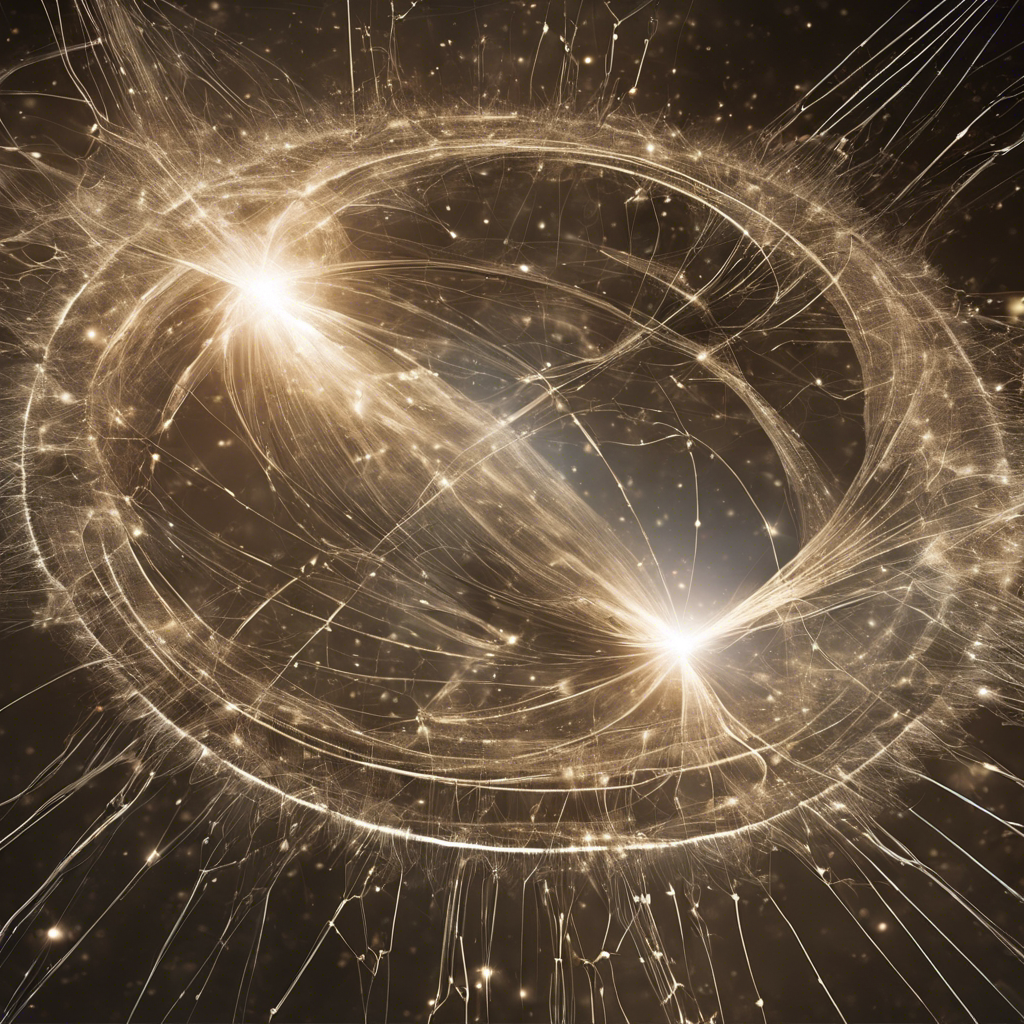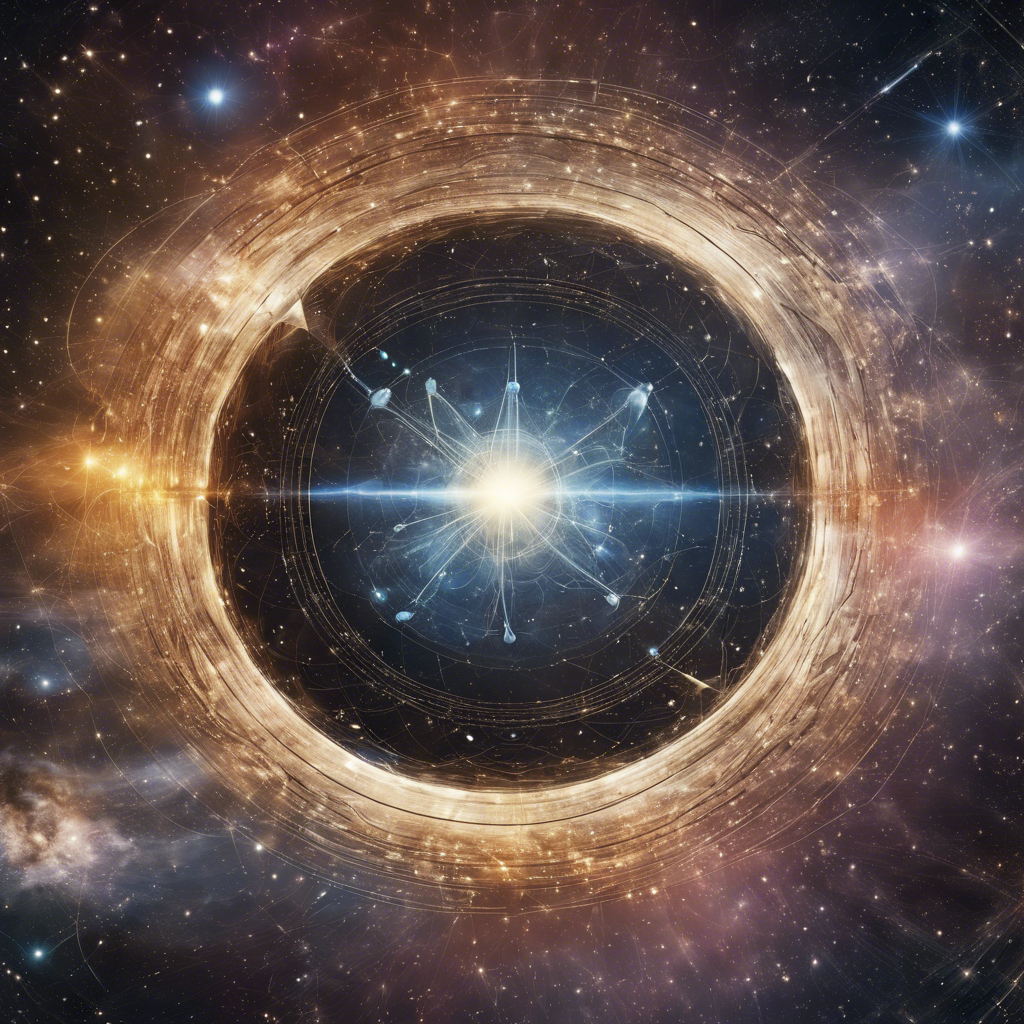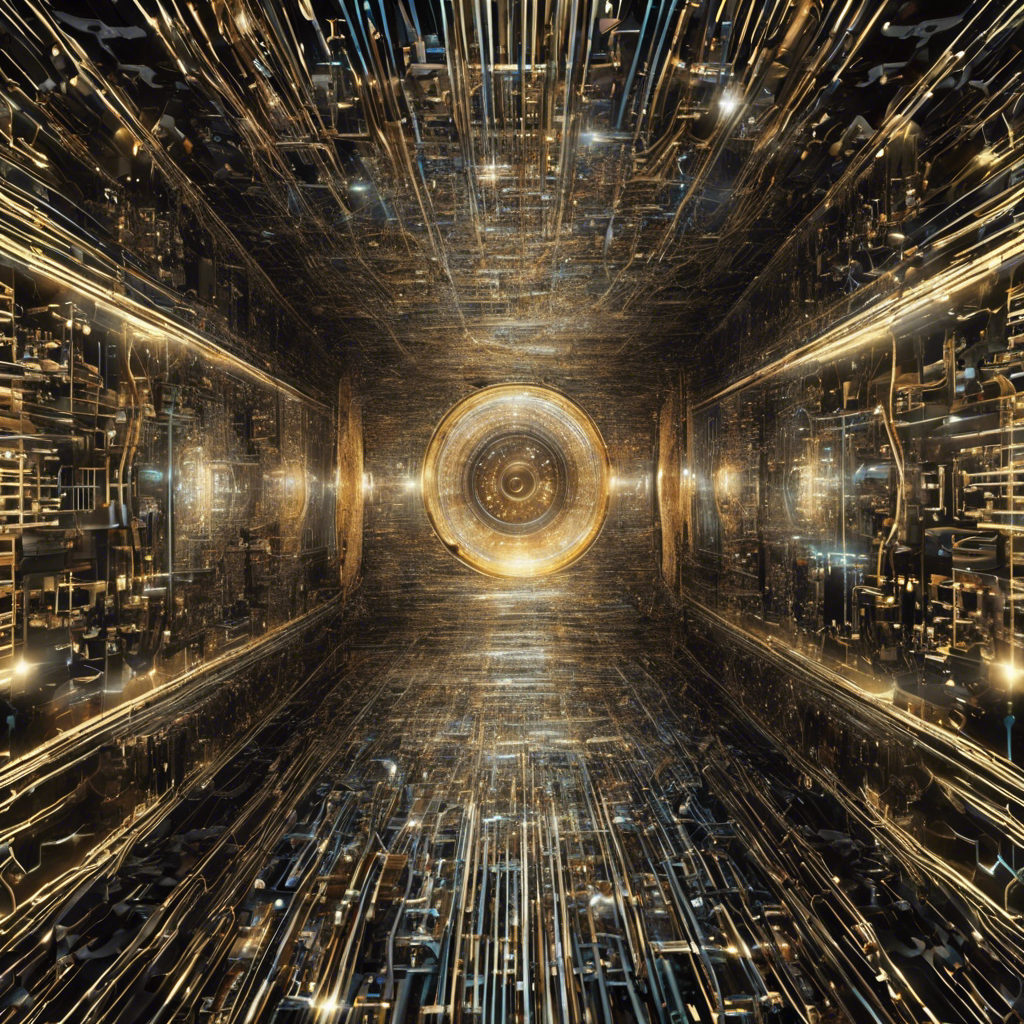A New Model Proposes a Hybrid Approach to Uniting Quantum Theory and Classical Gravity
For decades, physicists have grappled with the challenge of reconciling quantum mechanics and general relativity, two foundational theories of physics that appear to be fundamentally at odds. While most efforts have focused on quantizing gravity, a new theoretical model by Jonathan Oppenheim at University College London proposes an alternative approach. Oppenheim suggests coupling classical gravity with quantum theory through a probabilistic mechanism, challenging the traditional belief that such a hybrid strategy is inconsistent. This groundbreaking proposal opens up new possibilities for understanding the nature of space-time and the relationship between quantum physics and gravity.
The Quantum-Gravity Conundrum
The article highlights the longstanding problem of reconciling quantum mechanics and general relativity, which describe the behavior of microscopic particles and the motion of massive bodies, respectively. Quantum mechanics operates on a fixed space-time, while general relativity asserts that space-time is dynamic and curves in response to matter. This fundamental tension has led physicists to seek a theory of quantum gravity, with string theory and loop quantum gravity being the leading contenders. However, experimental confirmation of these proposals remains elusive.
The Challenges of Coupling Quantum Matter and Classical Gravity
Traditional attempts to couple quantum matter and classical gravity have faced significant challenges, as demonstrated by no-go theorems that predict inconsistencies, including violations of the Heisenberg uncertainty principle. The semiclassical Einstein equation, a well-known model for this coupling, suffers from these predicted inconsistencies. However, Oppenheim’s new approach overcomes these barriers by abandoning the assumption of reversibility in the coupling between classical gravity and quantum matter.
A Stochastic Approach to Quantum-Gravity Coupling
Oppenheim develops a stochastic theory that combines separate statistical descriptions for the quantum and classical aspects of a system. The quantum side is described using density operators that evolve as if the system is open to uncontrolled influences from the environment. On the other hand, the classical side is described using probability distributions on phase space. Oppenheim’s model unites these statistical descriptions into a classical quantum state, combining a classical probability distribution over phase space with a quantum density operator defined at each point in that phase space.
The Stochastic Coupling Equation
Oppenheim’s stochastic coupling equation preserves the nature of each system, ensuring no violations of the uncertainty principle in the quantum system and no faster-than-light signaling in the classical system. The equation incorporates reversible Hamiltonian evolution for both the classical and quantum systems, decoherence of the quantum system, and probabilistic “jumps” between states. These jumps can correspond to measurements that split the probability distribution of a particle into two parts, representing each measurement outcome.
Coupling Quantum Field Theory and General Relativity
Oppenheim extends his model to coupling quantum field theory (QFT) with general relativity. By using the stochastic coupling equation, quantum fields on curved space-time are coupled to the classical metric of general relativity. This coupling equation is further constrained by the requirements of a classical limit and the preservation of the laws of physics for all observers. The resulting hybrid theory allows for the stochastic backreaction of the fields on the curved space-time, potentially describing a fundamental interaction between QFT and general relativity.
Radical Yet Conservative
Oppenheim’s proposal challenges the accepted wisdom of the physics community while also preserving the classical nature of general relativity. This approach avoids conceptual difficulties faced by existing unification proposals, such as the problem of quantum properties in the causal structure of space-time. However, the trade-off of quantumness for stochasticity raises its own conceptual challenges, including the loss of quantum information in black holes and questions about the origin of probabilistic jumps.
Conclusion:
Jonathan Oppenheim’s innovative model presents a compelling alternative to the longstanding quest for quantum gravity. By coupling classical gravity with quantum theory through a stochastic mechanism, Oppenheim’s approach sidesteps the inconsistencies predicted by traditional no-go theorems. While this proposal challenges established beliefs, the true test lies in its agreement with experimental data. Ongoing experiments measuring the coherence time of massive objects and the determination of the quantum nature of gravity through entanglement offer potential avenues for testing Oppenheim’s model. As the race to understand the nature of quantum gravity continues, this new proposal adds an intriguing dimension to the search for a unified theory of physics.











